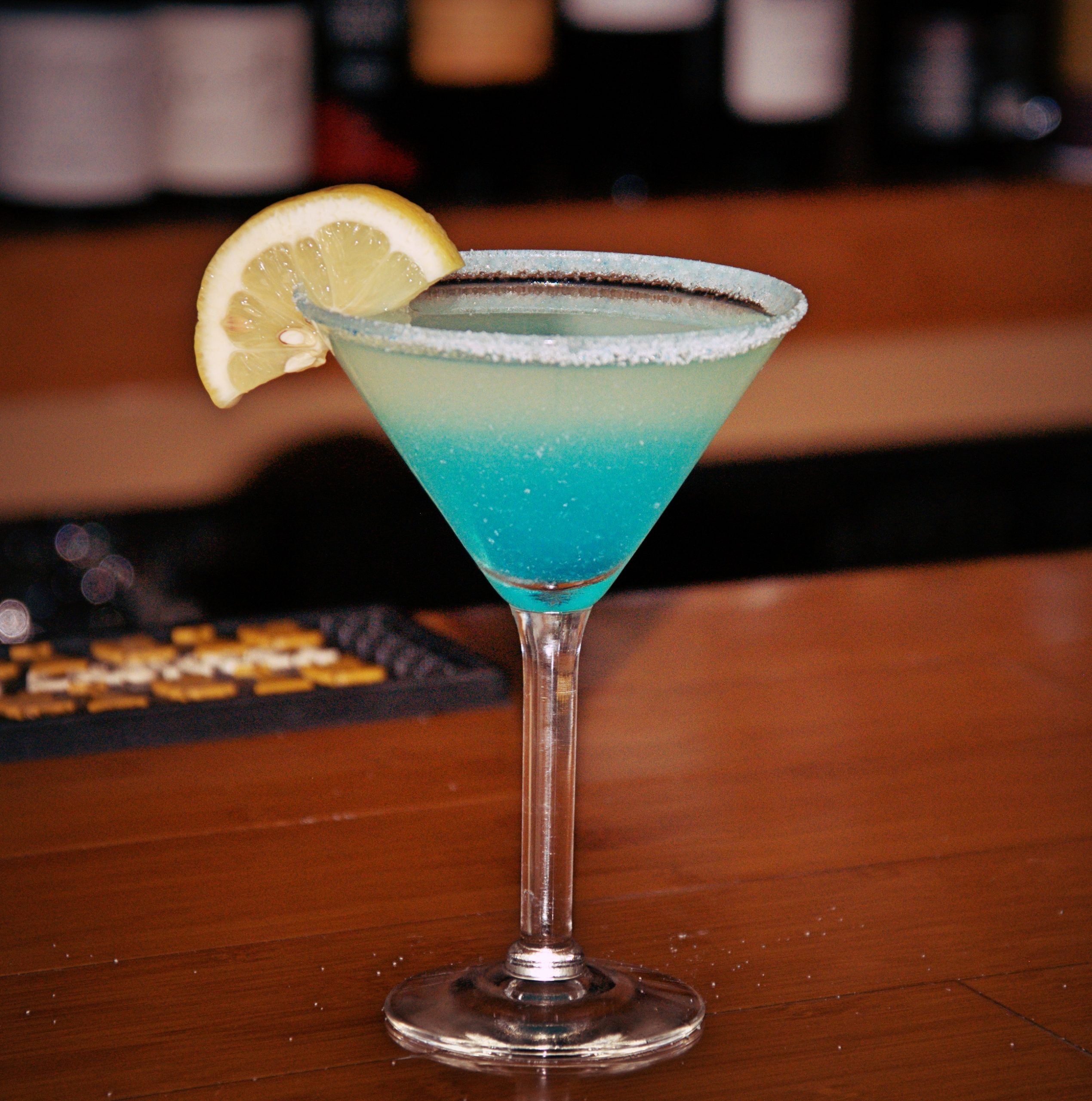True story. Just two weeks ago, two 25-year old women walked into a local, popular Boston bar, accompanied by a young man who is a friend. It is 10 p.m.
It was their first and only stop of the evening. After dinner and a few drinks prior at home, they ordered one round of drinks and brought them to their table – but the women eventually went the dance floor, leaving their drinks behind. The young man walked away to talk to a friend. Twenty minutes later, the girls could barely stand and at 11 p.m. the young man was asked to take the girls out of the bar. The three of them hop in an Uber; one of the women becomes violently ill. The Uber kicks them all out and leaves them on the side of the road. The girls cannot function and have no memory of what happened; one hits her head on the sidewalk and gets concussed. Finally, the police arrive: though they don’t see the group back home to safety, they do allow the young man to charge his phone in their car. They manage to get another Uber and get home 2 ½ hours later. The next day, the second woman gets violently ill. By Monday morning, neither one can work – they get labs done and one reveals the presence of an opiate in her system. This confirmed what all 3 suspected: someone spiked the girls’ drinks with drugs, likely while they were on the dance floor away from their drinks. In this case, they were fortunate to be in the presence of a young man whose drink had not been spiked – but far worse things could have happened, had they been alone.
A Google search will reveal this is not an isolated incident: there are stories of women across the country, of all ages, who have fallen victim to this crime – one woman reported it happened to her while she was out with her husband. Women are typically the targets of drink spiking; and it can happen anywhere, from nightclubs and pubs to parties in private homes.
It takes only 15-20 minutes for these drugs to essentially erase one’s mind. Drink spiking can be linked to crimes including sexual assault and robbery. It is illegal to spike a drink with a drug or extra alcohol. It’s serious stuff. Yet, many victims don’t file a police report – for starters, it requires going into the police station in person, and some are embarrassed to do it. However, without a police report, there is no investigation, and the bad guys can continue this illegal behavior.
The Public Relations body of knowledge recommends 4 types of campaigns that can be taken to change these behaviors and others:
- Coalition Campaigns: target audience feels everyone who counts is trying to persuade them and it is the obvious thing to do socially (information based)
- Enforcement: where rules or laws mandate/outlaw the behavior
- Engineering: enacting structural changes to work around the situation
- Social Reinforcement: pushing social norming and rewards to help support the job of enforcing the new behaviors
How can these be applied to this challenge – on the part of patrons, drinking establishments, Uber/Lyft services and law enforcement? Here are some initial thoughts:
Coalition Campaign for Patrons encouraging the following behaviors:
- Never leave your drink. As the bar owner of the establishment told me, “once you leave your drink, it is no longer yours.”
- Don’t accept a drink from a stranger. Buy your own drinks and watch the bartender pour them.
- Order drinks in cans and bottles – not foolproof, but harder to spike than an open cocktail.
- See something, say something. If you observe someone putting something in someone’s drink, report it immediately. In 2016, 3 women witnessed a drink-spiking at the FIG/Fairmont Miramar Hotel, warned the woman that her date had slipped something in her drink and reported it to the bar management. They were able to find evidence on videotape and apprehend the man.
- Remain aware. Don’t have so much to drink that you forget to protect yourself.
- Raise awareness. Remind everyone this could happen to them. Those who have had this happen have used social media platforms like Facebook and TikTok to warn others and offer protection tips.
- File a police report. Without that, police and detectives cannot investigate the situation further.
Engineering for Drinking Establishments and Professional Associations
- Training your bartenders, managers and staff to look for drink-spiking activity. Management at this bar were very cooperative when this incident was reported and has already arranged for an outside security company to come in and do further training for their staff members.
- Security cameras. Owners can view videotape to reconstruct what happened and hopefully catch the perpetrator in the act.
- Signage that indicates the safety measures in place and what will happen to anyone who attempts to spike drinks; both to comfort patrons and scare off the bad guys.
- Offer protective products for sale at the establishment. Since researching this issue, I have learned there are products out there that range from Drink Safe coasters, nail polish that can detect date rape drugs (e.g. Undercover Colors); cups and Smart Straws (developed by a company called DrinkSavvy that was sold to Chemeleon in 2019) and cup covers like MyCupCondom My Cup Condom™.
Engineering Behaviors for Uber & Lyft Drivers
Train drivers not to leave patrons roadside. When I Googled, “what happens if someone vomits in an Uber?”, a list of charges came up that ranged from $80 for a “moderate interior mess” to $150 for a “major bodily fluid mess”. Uber drivers are allowed to kick someone out of a vehicle “if there is a good reason – for example, a rider who is unruly, drunk and/or violent. However, the safety of the passenger is important as well.” One can understand the frustration of the Uber and Lyft drivers in this scenario – and yet, passenger safety needs to be considered.
Enforcement by the Law
- Encourage victims of drink spiking to take the extra step of filing a police report. Circle back with those who file the report to let them know what was found. Even if the perpetrator is not caught this time, the offense is on record and could be helpful in future cases.
- Strengthen laws and strengthen law enforcement sensitivities Drugging someone is considered an assault, even if no sexual or other contact occurs. Make the consequences public. This action is considered to be a Class B felony and can be punishable by imprisonment up to 10 years. Officers should be trained to take these events seriously and watch for potential impairment – not victimize victims.
What are your ideas for changing behaviors and addressing the problem of drink spiking? Email rschell@jjwpr.com.
Robin Schell, APR, Fellow PRSA is Senior Counsel and Partner at Jackson Jackson & Wagner, a behavioral public relations and management consulting firm on the NH Seacoast.

